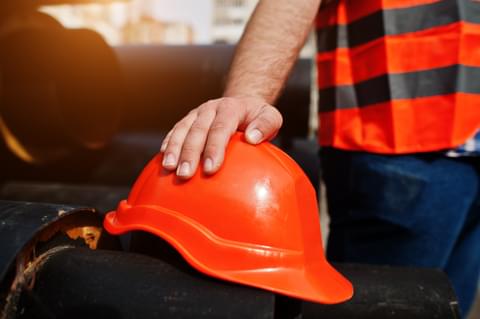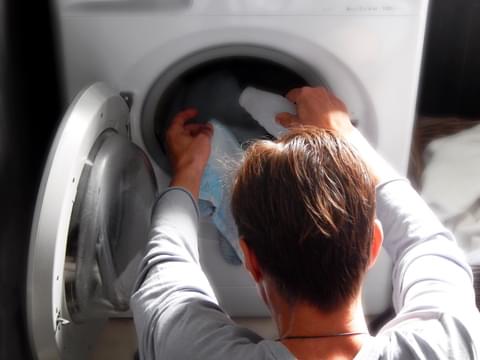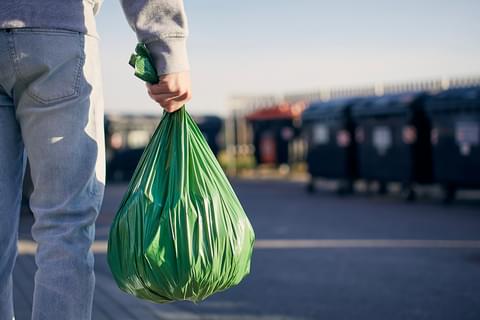
In this guide, we cover everything you need to know about caring for protective clothing & PPE. We will be looking at PPE responsibilities, PPE maintenance, PPE storing, PPE washing, and PPE disposal.
Buying and allocating the right protective clothing PPE to keep your employees safe at work is a key employer responsibility. But that’s only the first step. You also need to deliver the tools and knowledge to help them maintain and care for their protective clothing & PPE.
This article will cover everything you need to know about caring for protective clothing & PPE. You can also watch our interview where Mark Dowling delivers some dos and don’ts for looking after Hi Vis protective clothing & PPE.
PPE care and maintenance is a key part of both employee and employer responsibility when it comes to workplace safety. And PPE must always be looked after. It must also be stored properly when it’s not being used. This is important as it can be tempting to simply throw it to the side after a long day.
If PPE is reusable instead of single use, then it should be cleaned in between uses and kept in good condition. You also need to think about how and why you need to replace any parts, keeping replacement PPE available and ensuring you are following the manufacturer's replacement schedule.

A big part of maintaining PPE is knowing when employees can maintain something themselves (such as a shoelace on foot protection), and when it needs to be immediately replaced or sent back to the manufacturer (such as specialist equipment for high risk - including fall arrest and harnesses).
The most important thing is to maintain the effectiveness of the PPE. This is especially true for clothing with retroreflective strips which can lose effectiveness if not kept clean. Remember, it is the worker’s responsibility to report any loss, destruction, or obvious defect on any PPE they are using.
PPE should always be stored when not in use. Storing PPE correctly is essential in making sure you get the most out of it, in terms of both protection, effectiveness, and longevity. Knowing the how and where of PPE storage will help avoid it degrading quicker than it should.
The maintenance and storage of PPE usually includes keeping it in a clean, dry, and well-ventilated place, where it can be easily accessed but also not exposed to potentially damaging conditions. A cupboard is fine but avoid storing your PPE with other items such as consumables or machinery.

Can PPE be washed? The short answer is yes. But make sure you read any instructions or care labels for guidance on washing and drying. Not laundering PPE correctly may affect protective qualities such as flame resistance and arc flash protection. Here’s some general tips for washing PPE at home:
Hi Vis clothing should be washed with detergents that don’t contain certain types of Optical Brightening agents (OBA’s), to avoid damaging the fabric and tape luminosity. Detergent packaging will normally state whether OBA’s are present or not within their wash chemistry as standard.
Multiple washes will inevitably result in the colours of base fabric and the brightness of reflective tape fading away. We recommend that you try to reduce the number of routine washes, and instead wipe and dust the uniform regularly. This will significantly extend the life of the Hi Vis garment.

What’s the best way to dispose of protective clothing when it needs to be replaced? It is a critical step in the process and often overlooked by both employers and employees. It’s also essential that you dispose of PPE without causing contamination to yourself, refuse collectors, or the environment.
Our PPE and protective clothing destruction and recycling service helps businesses not only account for every item and prevent fraudulent use of workwear, but can also contribute towards your company’s environmental goals by preventing any of the garments going into landfill.
Now you understand more about maintaining, storing, and washing protective clothing. But what about PPE such as helmets and glasses? Here’s a checklist of what to look for and how to care for these vital types of PPE. This will help maintain effectiveness and extend the life of your PPE.
Contact us to find out more about choosing, buying, and maintaining your PPE.